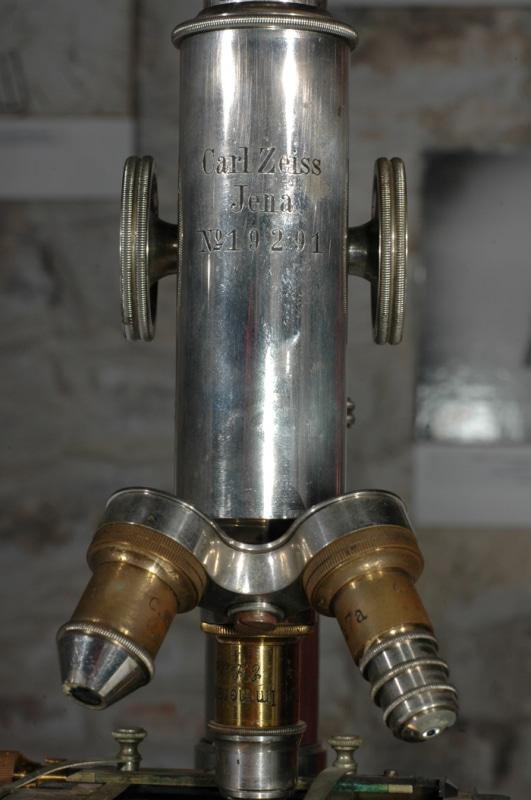Emil Racovita Speleology Museum
Removed from Unnamed collection





Source: Priscilla Bates Images may be subject to copyright. Learn More
The "Emil Racoviţă" Speleology Museum, established in 1998, stands as Romania's sole tribute to the pioneering scientist Emil Racoviţă and the fascinating world of cave science. Racoviţă, who founded biospeleology and opened the first Speleology Institute in Cluj-Napoca back in 1920, was a visionary in his field. His biospeleology program yielded remarkable results: an exploration of 1,200 caves across Europe and Africa, a collection of 50,000 cave fauna specimens, and 66 scientific studies totaling around 6,000 pages. At the zenith of his career, Racoviţă developed a groundbreaking theory on evolution.
Within the museum, you'll find the Emil Racoviţă Collection, showcasing an intriguing array of exhibits. Highlights include a notebook from his student days at Paris-Sorbonne University (1886-1891), the Zeiss microscope and Linhof photo device from his "Belgica" Antarctic expedition (1897-1899), and the projector and slides he used for his General Biology course at the Science University in Cluj. There are also original drawings from his scientific works and personal desk items, each offering a glimpse into his life and work.
The museum is housed in a building with its own story: a former medieval prison used from the 14th to the 19th century, and now recognized as a national historical monument dating back to 1376. This unique setting adds an intriguing layer to the museum experience, blending science with history in a way that's sure to captivate your curiosity. Cluj-Napoca itself is a lively city, rich in culture and history. While you're there, you might want to explore its bustling squares and charming streets, offering a perfect mix of old-world charm and modern-day energy.
 Priscilla Bates
Priscilla Bates  Romania
Romania